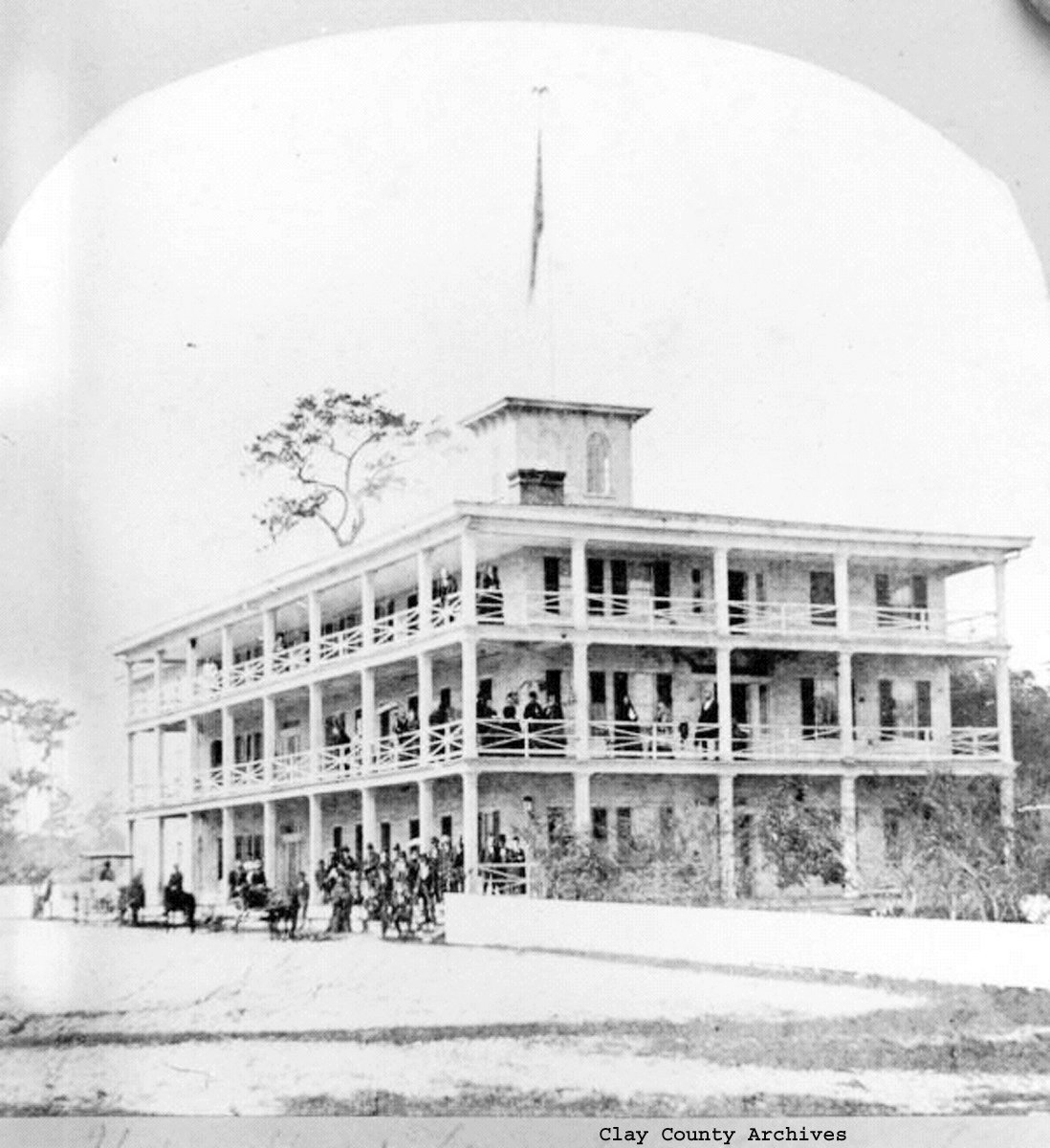Union soldier’s battle career lasted only 10 months in Clay County
Cutline: The Union Hotel on the St Johns River just north of Green Cove Springs at Magnolia was occupied by Company D of the Fourth Massachusetts Cavalry late in the Civil War.
A Union soldier’s …
This item is available in full to subscribers.
Attention subscribers
To continue reading, you will need to either log in to your subscriber account, or purchase a new subscription.
If you are a current print subscriber, you can set up a free website account and connect your subscription to it by clicking here.
If you are a digital subscriber with an active, online-only subscription then you already have an account here. Just reset your password if you've not yet logged in to your account on this new site.
Otherwise, click here to view your options for subscribing.
Please log in to continueDon't have an ID?Print subscribersIf you're a print subscriber, but do not yet have an online account, click here to create one. Non-subscribersClick here to see your options for subscribing. Single day passYou also have the option of purchasing 24 hours of access, for $1.00. Click here to purchase a single day pass. |
Union soldier’s battle career lasted only 10 months in Clay County
A Union soldier’s first and last taste of battle was in Clay County
In June, 1863, a young man arrived in New York City. He was almost 22 years old, fresh off a ship from Scotland and ready to make his way in this “new world of opportunities”. A little over a year later he would find himself lying wounded in a ditch in Clay County.
At first, he worked at various jobs in Massachusetts. Then, walking home, he glimpsed a flyer offering a bounty of $627 from the town of Worcester to fill their quota of enlistees in the Union Army
Southern lads weren’t paid a cent to join up and by late in the Civil War were often supplying their own guns and ammunition.
Assigned to Company D, 4th Massachusetts Cavalry, his first posting was to Jacksonville. In August, 1864, Union troops occupied Magnolia, just north of Green Cove Springs on the St. Johns River and north of Governor’s Creek. Martin’s unit ran several successful short raids capturing livestock and burning fields and sheds. Longer forays always resulted in losses and disappointment because confederate Capt. J.J. Dickison and his cavalry would have time to find and quash their plans resulting in the loss of men and artillery.
Dickison with his cavalry unit and ever changing irregulars covered the area from the St. Johns River to the Gulf of Mexico and north to the Georgia border. His success was dependent on getting there in time.
On Oct. 24, 1846, encouraged by their successes, Martin and about 55 other cavalry troops set out for Middleburg on orders to burn Samuel Thompson’s cotton warehouses, seize any useable provisions and tear up everything along the way.
Before they left the safety of the garrison at Magnolia, word of the mission was spreading among local rebel sympathizers and scouts were racing on horseback to find and alert Confederate Capt. J.J. Dickison.
By midday, Samuel Thompson’s three barns were in flames and cotton belonging to half the county was destroyed. Union troops were pulling back towards Magnolia and feeling safe from pursuit after burning the bridge over Black Creek behind them. But…Dickison and his men were on the way.
They had to go four miles south, around by Whitesville, and cut through the woods and swamps riding like madmen but they got ahead of the retreating Yankees and set up an ambush near Halsey Plantation. The organized Union retreat turned into a rout.
Private Martin and his fellow cavalrymen were crouched low in their saddles and riding like the devil was behind them. Martin was thrown from his horse and then two more horses rolled onto him. He struggled from under the weight of horseflesh and crawled into the brush only to discover he was wounded in the left hip.
The battle lasted less than 40 minutes but it was fierce and bloody. Estimates vary but all the casualties and fatalities were Federal troops – 12 killed, 9 wounded and 15 others captured.
Private Martin had been in the Army of the North less than 10 months when he became a prisoner of war and was taken to the hospital in Lake City with the rest of the wounded for treatment. In February, the war was over and all prisoners were released.
John Martin stayed in Massachusetts working in various jobs until 1877 when he returned to Scotland. He never came back to Florida.








